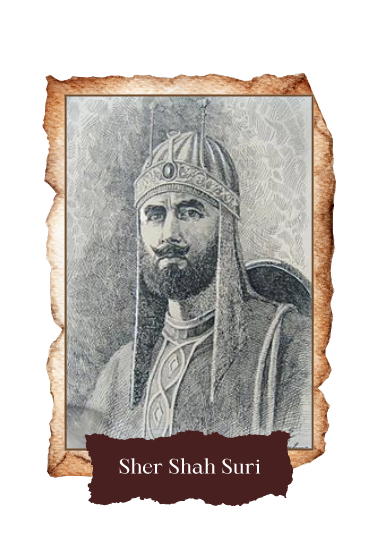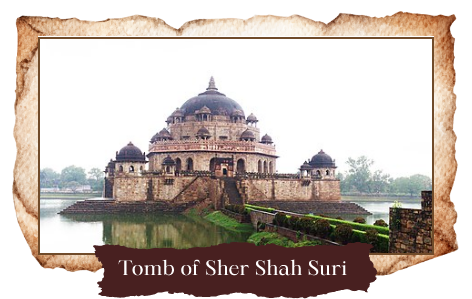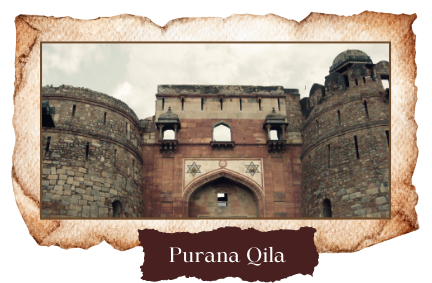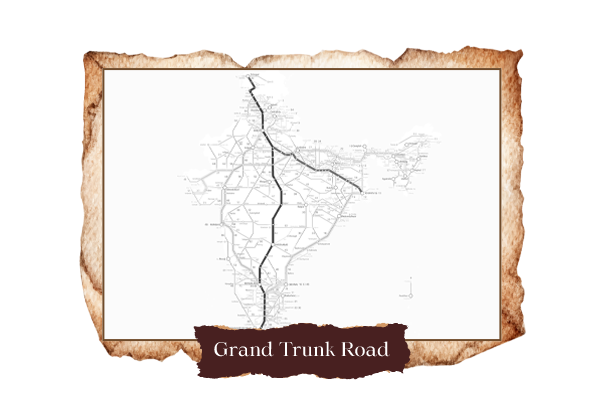Content
[3] Kalikaranjan Qanungo, Sher Shah A Critical Study Based On Original Source, Sri Gouranga Press, Calcutta, 1921, pp. 39-40
[4] Zulfiqar Ali Khan, Sher Shah Suri, Emperor of India, Printed at the Civil and Militray Gazette Press, Lahore, 1925, p. 14
[5] Ibid, pp. 14-15.
[6] J. N. Chaudhuri, “Sher Shah and His Successors”, in R. C. Majumdar (ed.), The History and Culture of the Indian People, The Mughul Empire, Volume 07,Bhartiya Vidya Bhavan, Bombay, 1974, p. 70.
[7] Ibid
[8] R. P Tripathi, Some aspects of Muslim Administration, The Indian Press Limited, Allahabad, 1936, pp. 352-356.
[9] Satish Chandra, History of Medieval India (800-1700), Orient Blackswan, New Delhi, 2014, p. 222.
[10] J. N. Chaudhuri, “Sher Shah and His Successors”, in R. C. Majumdar (ed.), The History and Culture of the Indian People, The Mughul Empire, Volume 07,Bhartiya Vidya Bhavan, Bombay, 1974, p. 84
[11] Ibid, pp. 83-84.
[12] Kalikaranjan Qanungo, Sher Shah A Critical Study Based On Original Source, Sri Gouranga Press, Calcutta, 1921, pp. 388-395.
[13] See, K. M. Sarkar, The Grand Trunk Road in the Punjab: 1849-1886, Nirmal Publisher & Distributors, New Delhi, 1998.
[14] Zulfiqar Ali Khan, Sher Shah Suri, Emperor of India, Printed at the Civil and Militray Gazette Press, Lahore, 1925, pp. 92-101.
[15] Ibid, pp. 87-91.
[16] J. N. Chaudhuri, “Sher Shah and His Successors”, in R. C. Majumdar (ed.), The History and Culture of the Indian People, The Mughul Empire, Volume 07,Bhartiya Vidya Bhavan, Bombay, 1974, p. 85.
[17] Satish Chandra, History of Medieval India (800-1700), Orient Blackswan, New Delhi, 2014, pp. p. 224.
[18] H. M. Elliot and John Dowson, The History of India as told by its own Historians: The Muhammdan Priod, Vol. 4, Trubner and Co., London, 1862, p. 411.
[19] Kalikaranjan Qanungo, Sher Shah A Critical Study Based On Original Source, Sri Gouranga Press, Calcutta, 1921, p. 399.
Pictures
Ustad Abdul Ghafur Breshna, a prominent Afghan artist from Kabul, Public domain, via Wikimedia Commons
Apleeo, CC BY-SA 4.0
Niteshjha1, CC BY-SA 3.0
Arun Ganesh, CC BY-SA 2.0








